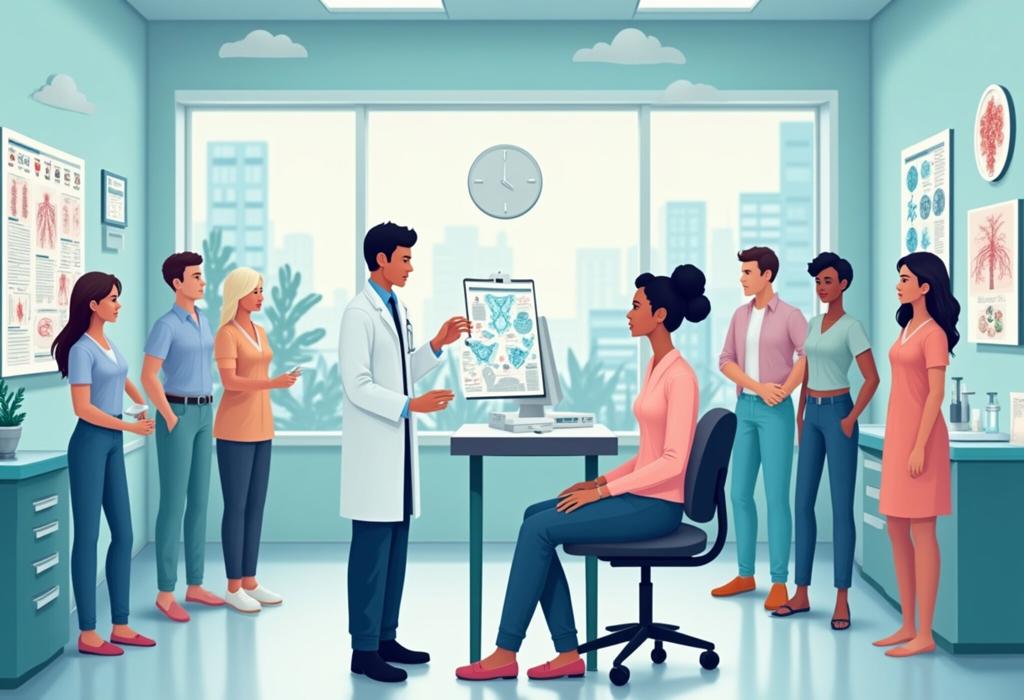For more details on this content, please review the step-by-step guide and frequently asked questions.
The Science of Diagnosing Rare Illnesses

Step-by-Step Guide
Introduction to Rare Illnesses
Rare illnesses, often called orphan diseases, are those that affect a small percentage of the population. Understanding these conditions is key in diagnosis, since many practitioners may not have encountered them before.
Understanding Symptoms
Gather detailed information about symptoms including onset, duration, and how they occur. This step requires meticulous documentation by both the patient and the healthcare provider.
Medical History Review
A comprehensive medical history review may provide essential clues. This includes family medical history, past illnesses, treatments, and response to medications.
Physical Examination
Conduct a thorough physical examination to look for signs that may align with rare diseases, such as unusual skin conditions, neurological differences, or other physical anomalies.
Requesting Laboratory Tests
Due to the complex nature of rare diseases, various laboratory tests might be necessary, including blood tests, genetic testing, and imaging studies such as MRIs or CT scans.
Consulting Specialists
If common conditions are ruled out, consulting with specialists in fields related to the suspected disease can provide further insights and guidance.
Utilizing Genetic Testing
Genetic testing plays a crucial role in diagnosing many rare illnesses. This process may reveal genetic mutations linked to certain disorders, and can inform treatment strategies.
Creating a Differential Diagnosis
Compile a list of potential conditions that correlate with the observed symptoms and test results. This process is known as differential diagnosis and is vital in narrowing down the possibilities.
Trial and Observation
Given the complexities of rare diseases, a trial-and-observation approach may be necessary. This could include trial medications or treatments to assess efficacy and adjust the diagnosis as needed.
Encouraging Patient Advocacy
Patients and caregivers should be encouraged to advocate for themselves during this journey, as their insights can be invaluable in the diagnostic process.
Building a Support Network
Connect patients with support groups that specialize in rare diseases. These networks can provide emotional support and access to information about the disease.
Ongoing Research and Updates
Stay informed about ongoing research in the field of rare diseases. This knowledge can aid diagnosis and treatment options as science continues to advance.
Utilizing Technology
New technologies like AI-based diagnostic tools and telemedicine can enhance the diagnostic process. These platforms often provide faster access to specialist knowledge.
Preparing for Future Visits
Document all relevant information and prepare questions ahead of medical visits. Having a clear plan can lead to more productive consultations with healthcare providers.
Evaluating Treatment Options
Upon diagnosis, a discussion concerning treatment options should occur. This includes evaluating potential medications, therapy plans, or lifestyle changes.








